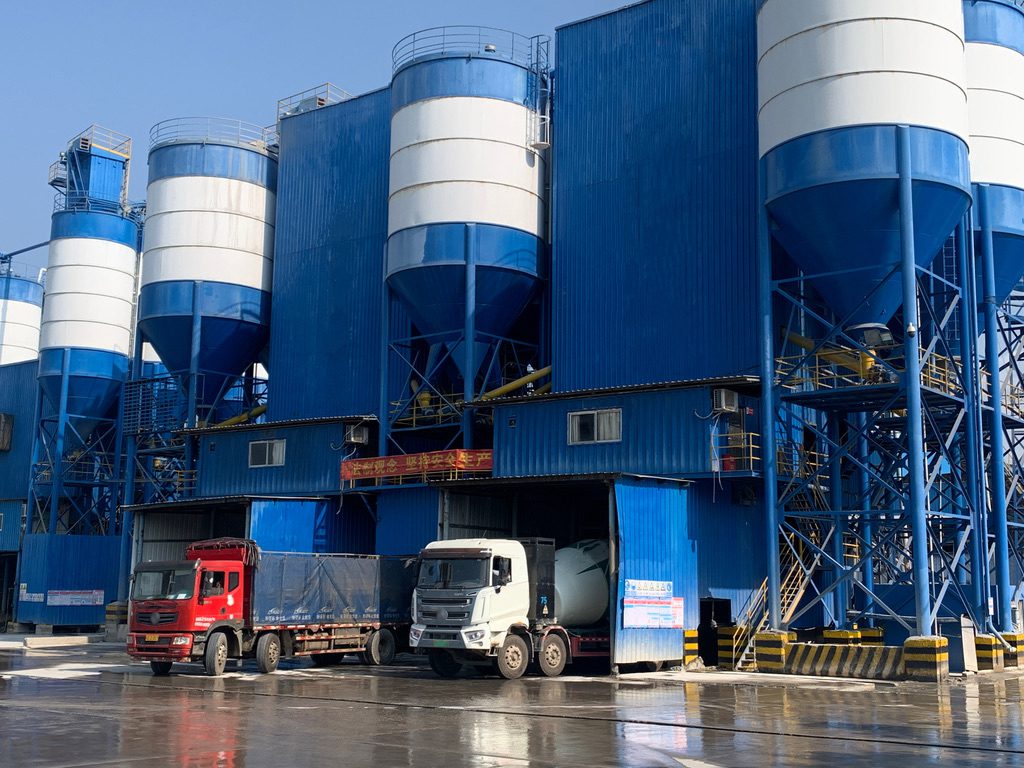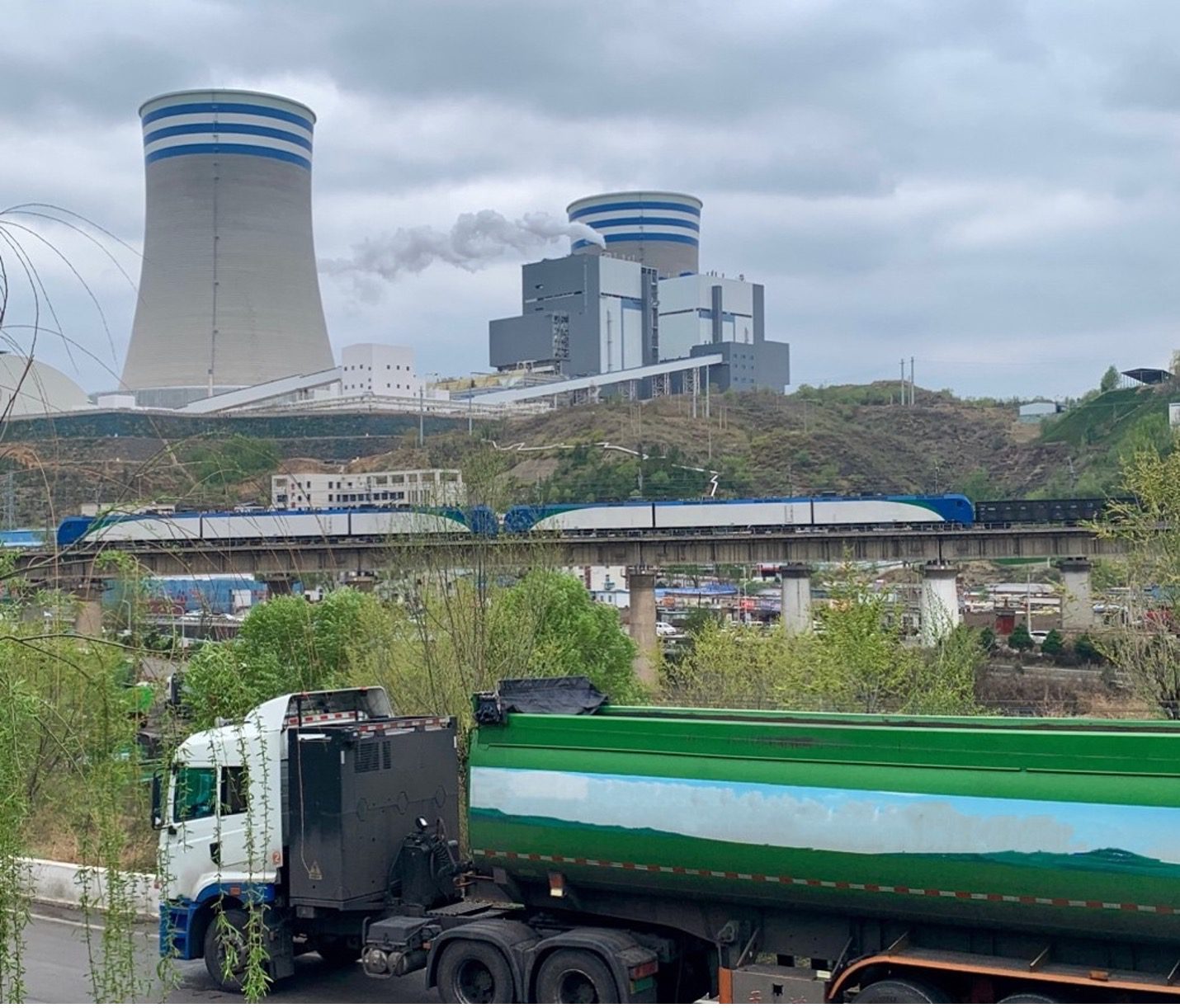Electrifying on-road freight: Market review and policy suggestions for Guangdong province
Blog
Electrifying on-road freight: Regional case studies in China
Governments around the world are actively accelerating the transition to electric trucks. The European Union is on the verge of adopting an enforceable regulation that would achieve a 90% emissions reduction in new trucks and buses by 2040. Twenty-six countries, including large truck markets such as the United States and Canada, aim for 100% zero-emission for new truck and bus sales by 2040. Additionally, key provinces in China have announced zero-emission truck and bus targets. Hainan province, for example, aims to phase out sales of new diesel and gasoline vehicles in 2030.
These ambitious targets often make headlines, but how do electric trucks operate in real-world scenarios? The ICCT’s series about electrifying on-road freight provides insights into how electric trucks are being used in China today and how such vehicles could contribute to ambitious decarbonization goals in the future.
The first paper in the series delved into electric tractor-trailers being used in the Tangshan Bay area, a center for the iron and steel industries in China. The study compared battery electric trucks and diesel trucks, with both driving the same routes to transport iron ore and products between a factory and two nearby ports in Tangshan. We found the total cost of ownership (TCO) for battery electric trucks to be 35% less than for diesel trucks. The combination of lower energy prices, lower maintenance costs, purchase subsidies, and tax exemptions led to the better cost performance. While the electric trucks had a daily median driving range of 140 km compared with diesel trucks’ 220 km, our data shows that this difference was primarily due to the frequent charging of electric trucks during operation hours, which reflects a cautious operational strategy by fleet owners. To complete their tasks, most electric trucks were recharged 2–3 times a day, and most charging sessions lasted over 1.5 hours.
Though not analyzed in our Tangshan case study, Tangshan has been actively promoting battery swapping since being included in a national battery swapping pilot program in 2021. As of March 2023, Tangshan had put more than 6,000 swap-capable trucks into operation, and that is enough to lead the deployment of this technology in China by a wide margin. Swapping equips electric vehicles with fully charged batteries in minutes, and for heavy-duty vehicles used for commercial purposes, this maximizes operational time and generates more revenue. Tangshan is expected to continue improving swap-capable truck applications by increasing the number of battery-swapping stations, offering guidance to fleet owners transitioning to electric trucks, and including clean transportation practices in environmental performance assessments of companies that use trucks in their operations.
Battery swapping and Battery-as-a-Service (BaaS) will take center stage in the next study in this series, which will be published in the coming weeks. It focuses on swap-capable concrete mixer trucks in the cement industry and swap-capable drayage trucks for in-port container delivery in Hainan. We previously found that by separating the purchase of the truck and the battery, BaaS significantly alleviates the upfront purchase cost (by as much as 50%) for fleet owners and further reduces the TCO over the entire use lifetime. Also in the Hainan study, trucks using battery swapping attained TCO parity with diesel trucks in both scenarios, and concrete mixture trucks with BaaS yielded more in revenue per kilometer than diesel trucks.


Another ICCT study, this one published in October 2023, focused on Guangdong province. It reviewed local incentive policies and analyzed the TCO of battery electric and fuel-cell electric dump trucks and compared them with diesel trucks. Under the current policies in Guangdong, the analyzed battery electric and fuel-cell electric trucks were expected to reach the same TCO as diesel trucks within 5 years, and incentive schemes modeled were shown to expedite TCO parity to 3 years. Moreover, when we modeled an additional carbon emissions tax on diesel vehicles based on annual tailpipe greenhouse gas emissions, we found the government’s financial burden could be alleviated because the subsidy needed to bridge the TCO gap could be lowered by 55% for battery electric trucks in 2024 and by 41% for fuel-cell electric trucks in 2026.
The developments at Tangshan Bay Area and in Guangdong are examples of progress in decarbonizing trucks. The ICCT’s work on the real-world performance of electric trucks is useful for other regions that seek to enhance electric truck efficiency, advance deployment of charging infrastructure, and drive emission and cost reductions in their respective industries.
Author
Related Publications

Electrifying on-road freight: Market review and policy suggestions for Guangdong province
The paper examines the zero-emission truck (ZET) market in Guangdong by focusing on promotion policies and technical specifications of top-selling models, and then estimates the total cost of ownership of a real-world use case for zero-emission dump trucks in Guangzhou and Foshan.

